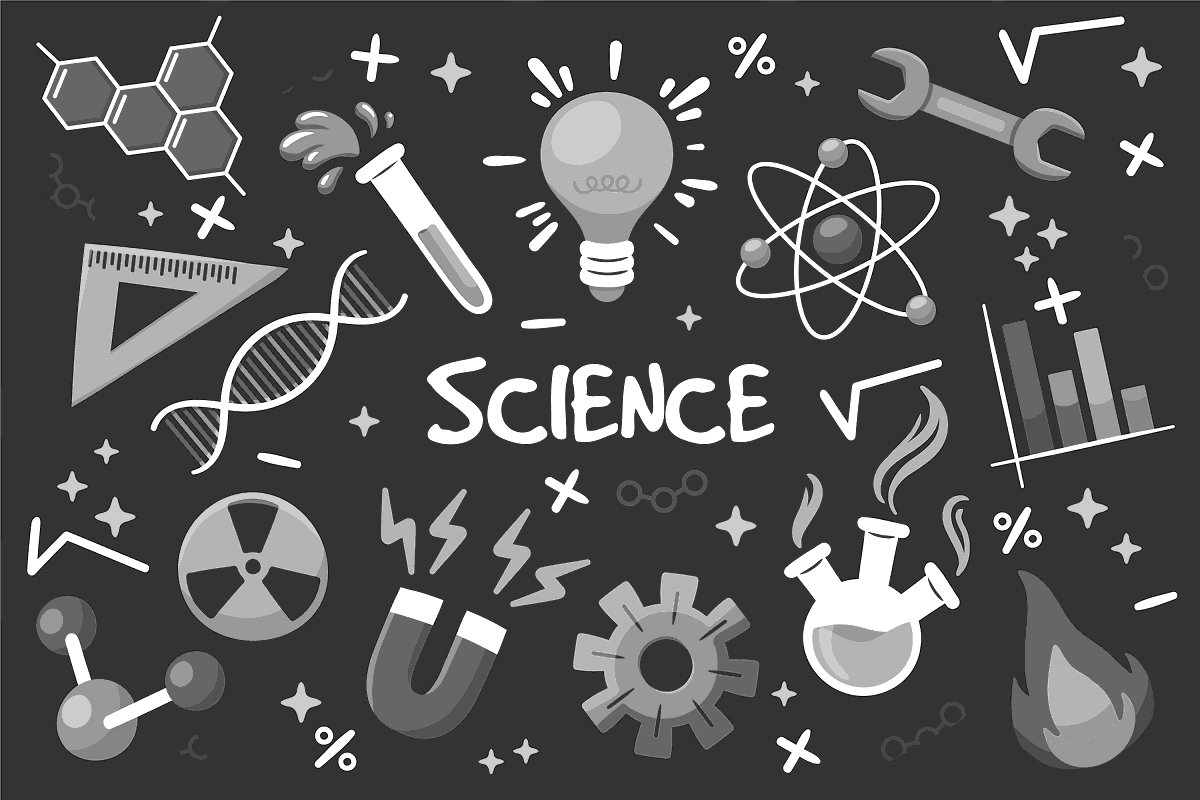
Proteins are the workhorses of the cell and play a crucial role in many cellular processes. It is estimated that the human genome encodes for over 20,000 different proteins, each with a unique structure and function. In this article, we will delve into the structure and dynamics of proteins in human cells, exploring their role in various cellular processes and the factors that impact their stability and function.
Basic Structure of Proteins
Proteins are made up of long chains of amino acids, which are linked together by peptide bonds. The sequence of amino acids in a protein determines its three-dimensional structure, which, in turn, dictates its function. Proteins can be further classified based on their structure into four main categories: fibrous, globular, membrane-bound, and modular.
Fibrous proteins, such as collagen and keratin, form long, rod-like structures that provide strength and support to tissues. Globular proteins, on the other hand, are spherical in shape and often play a role in enzymatic or metabolic processes. Membrane-bound proteins are anchored to the cellular membrane and are involved in cell-to-cell communication, transport of molecules, and regulation of metabolic processes. Modular proteins consist of multiple repeating units, each with a specific function, and are involved in complex molecular interactions.
Protein Folding and Function
The process of protein folding is crucial for determining its final structure and function. Proteins start as a linear chain of amino acids and fold into their final three-dimensional structure through a process called self-assembly. The folding process is influenced by various factors, including the temperature, pH, and the presence of other molecules in the cell.
The final structure of a protein is essential for its function. For example, the folding and function of the protein hemoglobin are essential for the transport of oxygen in the blood. If the protein folds incorrectly, it can result in a loss of function and the formation of misfolded proteins, which can contribute to diseases such as Alzheimer's and Huntington's.
Protein Interactions and Dynamics
Proteins are involved in a wide range of interactions with other proteins, DNA, RNA, and other molecules in the cell. These interactions play a critical role in various cellular processes, such as signaling, metabolic pathways, and gene regulation.
Protein-protein interactions are particularly important for cellular processes. They can be either transient or stable, depending on the nature of the interaction. Transient interactions are short-lived and often involve enzymes catalyzing a specific reaction. Stable interactions are longer-lived and often involve the formation of complex molecular structures, such as the ribosome or the proteasome.
Factors Affecting Protein Stability
Protein stability is influenced by various factors, including the environmental conditions in the cell, the presence of other molecules, and the protein's structure. For example, changes in the pH or temperature of the cell can impact the stability of the protein, potentially leading to its denaturation or degradation. The presence of other molecules, such as inhibitors or stabilizing agents, can also impact the stability of the protein.
Research and Developments in Protein Structure and Dynamics
The study of protein structure and dynamics is a rapidly evolving field, with many exciting developments and breakthroughs in recent years. For example, the study of the protein myosin has shed light on the mechanics of muscle contraction, leading to a better understanding of human physiology and the development of new therapies for muscle diseases.
Implications for Human Health and Disease
The understanding of protein structure and dynamics has significant implications for human health and disease. The stability of proteins and their interactions are crucial for proper cellular function, and any disruptions in these processes can result in diseases such as Alzheimer’s, Parkinson’s, and cancer. Researchers are using this knowledge to develop new therapies that target specific proteins to treat these and other diseases.
One promising area of research involves the use of small molecules to modify the function of specific proteins. For example, researchers have developed drugs that target the protein myosin to treat heart failure. Similarly, drugs targeting the protein BCL-2 are being developed as a treatment for cancer.
Conclusion
In conclusion, proteins play a vital role in human cells, serving as the workhorses of the cell and performing many important functions. The study of protein structure and dynamics has shed light on the mechanics of cellular processes and has significant implications for human health and disease. Advances in this field have led to the development of new therapies and treatments, and will continue to play a crucial role in improving human health.
In a nutshell, proteins are the cornerstone of life and their proper functioning is essential for human health. The study of protein structure and dynamics is a rapidly advancing field, and ongoing research will continue to deepen our understanding of the complex processes that occur within human cells.
Biochemistry




